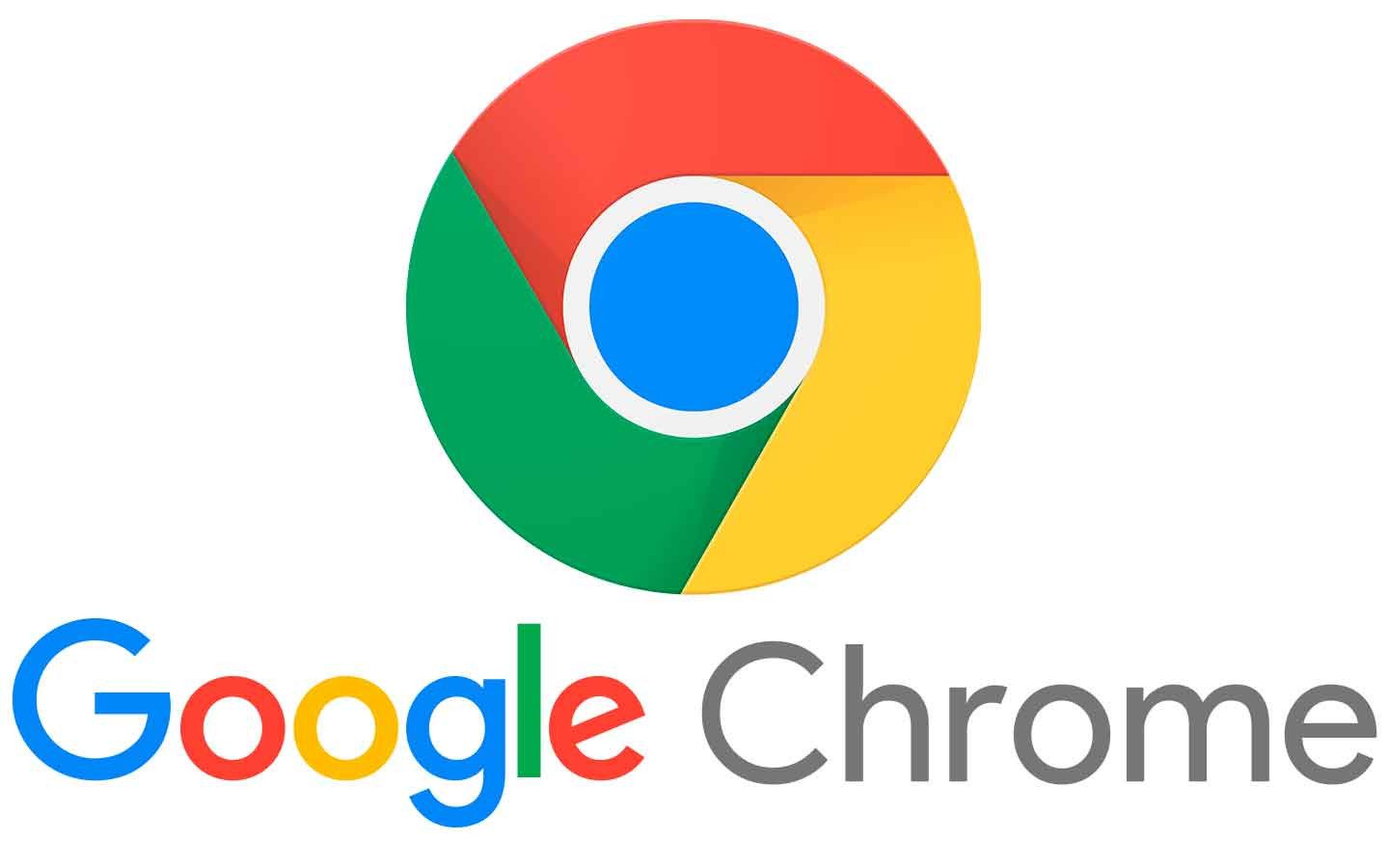Unlocking the Secrets: A Comprehensive Beginner's Guide to Blogging for Profit

Unlocking the Secrets: A Comprehensive Beginner's Guide to Blogging for Profit
Starting a blog is one of the most rewarding ways to share your knowledge, build a community, and generate income online. In this detailed guide, we will walk you through every aspect of the blogging process, from choosing your niche to monetizing your content effectively. This resource aims to equip you with everything you need to know to start a successful blog.
1. Choose Your Niche Wisely
Choosing the right niche is crucial for your blog's success. Here’s how to select one that aligns with your passion and expertise:
- Identify Your Interests: Write down topics you are passionate about. Consider how often you discuss these topics with friends or family.
- Assess Your Knowledge: What are you knowledgeable about? Your expertise will help establish your authority.
- Research Market Demand: Use tools like Google Trends, AnswerThePublic, or BuzzSumo to explore trending topics and discover what people are searching for.
- Analyze Competition: Look at other blogs in your niche. What are they doing well? Where can you differentiate yourself?
Examples of popular niches include health and wellness, personal finance, travel, food, technology, and lifestyle. Consider sub-niches for a more targeted approach.
2. Select the Best Blogging Platform
Your blogging platform can significantly influence your blogging experience. Here are some popular options:
- WordPress.org: The most popular self-hosted platform that provides full control over your site. Ideal for serious bloggers.
- Blogger: A free, user-friendly platform but with limited customization options.
- Wix: A drag-and-drop website builder suitable for beginners who want an easy setup.
- Squarespace: Known for beautiful templates and all-in-one solutions, great for creatives.
- Medium: A platform for writers who want to focus solely on writing without worrying about design.
3. Register a Memorable Domain Name
Your domain name serves as your blog’s online address. Here are some tips for choosing an effective domain:
- Keep it short, memorable, and easy to spell.
- Incorporate relevant keywords for better SEO.
- Avoid numbers and hyphens to prevent confusion.
- Choose a .com extension for recognition, but consider .net or .org if your preferred name is taken.
Use services like GoDaddy or Namecheap to secure your domain.
4. Choose Reliable Web Hosting
A dependable web host is essential for your blog’s performance. Here are some top recommendations:
- Bluehost: Officially recommended by WordPress, great for beginners with 24/7 support.
- SiteGround: Offers excellent speed and customer service, ideal for growing blogs.
- HostGator: Affordable pricing plans with an easy setup process.
- DreamHost: Known for its strong uptime and unlimited bandwidth options.
5. Set Up Your Blog
Once you have your domain and hosting, it's time to set up your blog:
- Install your blogging platform through your hosting provider’s control panel. Most hosts offer one-click installations for WordPress.
- Choose a theme that reflects your niche and brand. Customize it to enhance user experience.
- Install essential plugins, including:
- Yoast SEO: For optimizing your blog for search engines.
- Wordfence: For securing your site from threats.
- WP Super Cache: For improving site speed.
- Create essential pages like About, Contact, and Privacy Policy to build credibility.
6. Craft High-Quality, Engaging Content
Content is the heart of your blog. Focus on creating valuable, informative, and engaging posts that resonate with your audience:
- How-to Guides: Provide step-by-step instructions on relevant topics.
- Listicles: Curated lists of tips, resources, or tools.
- Personal Stories: Share your experiences and lessons learned to connect with readers.
- Interviews: Feature industry experts to provide additional insights.
Make sure your posts are well-researched, visually appealing, and easy to read. Use images, infographics, and videos to enhance engagement.
7. Optimize for SEO
Search Engine Optimization (SEO) is vital for attracting organic traffic. Here are key strategies:
- Keyword Research: Use tools like SEMrush, Ahrefs, or Google Keyword Planner to identify keywords that align with your content.
- On-Page SEO: Optimize titles, headings, and meta descriptions using target keywords. Include alt text for images.
- Internal Linking: Link to other relevant posts on your blog to keep readers engaged and improve site navigation.
- Mobile Optimization: Ensure your blog is mobile-friendly to accommodate all users.
8. Promote Your Blog Effectively
Promotion is essential for growing your audience. Here are some effective strategies:
- Social Media: Share your posts on platforms like Facebook, Twitter, Pinterest, and Instagram. Use hashtags to increase visibility.
- Email Marketing: Build an email list to notify subscribers of new posts. Use platforms like Mailchimp or ConvertKit.
- Networking: Connect with other bloggers in your niche for collaborations, guest posts, and community support.
- Paid Advertising: Consider using Google Ads or Facebook Ads to drive targeted traffic to your blog.
9. Monetize Your Blog
There are several ways to generate income from your blog:
- Affiliate Marketing: Promote products and earn commissions for each sale made through your referral links. Join affiliate programs like Amazon Associates or ShareASale.
- Sponsored Posts: Work with brands to create sponsored content that aligns with your audience's interests.
- Digital Products: Create and sell eBooks, online courses, or printables that provide value to your audience.
- Ad Revenue: Use platforms like Google AdSense to display ads on your blog and earn money based on clicks or impressions.
10. Analyze and Optimize Your Blog's Performance
Monitoring your blog's performance is crucial for growth. Here are some steps to analyze and optimize:
- Google Analytics: Use this tool to track visitor behavior, traffic sources, and engagement rates.
- Identify Top-Performing Content: Determine which posts drive the most traffic and engagement, then create more similar content.
- Evaluate Traffic Sources: Understand where your visitors come from to refine your marketing efforts.
- Regularly Update Content: Refresh old posts with new information to keep them relevant and improve SEO.
Conclusion
Starting a blog can be a fulfilling and profitable endeavor if approached correctly. By following this comprehensive guide, you’ll be well-equipped to create a blog that not only shares your passion but also generates income. Remember, consistency, dedication, and a willingness to learn are key to your blogging success. Happy blogging!










Comments
Post a Comment